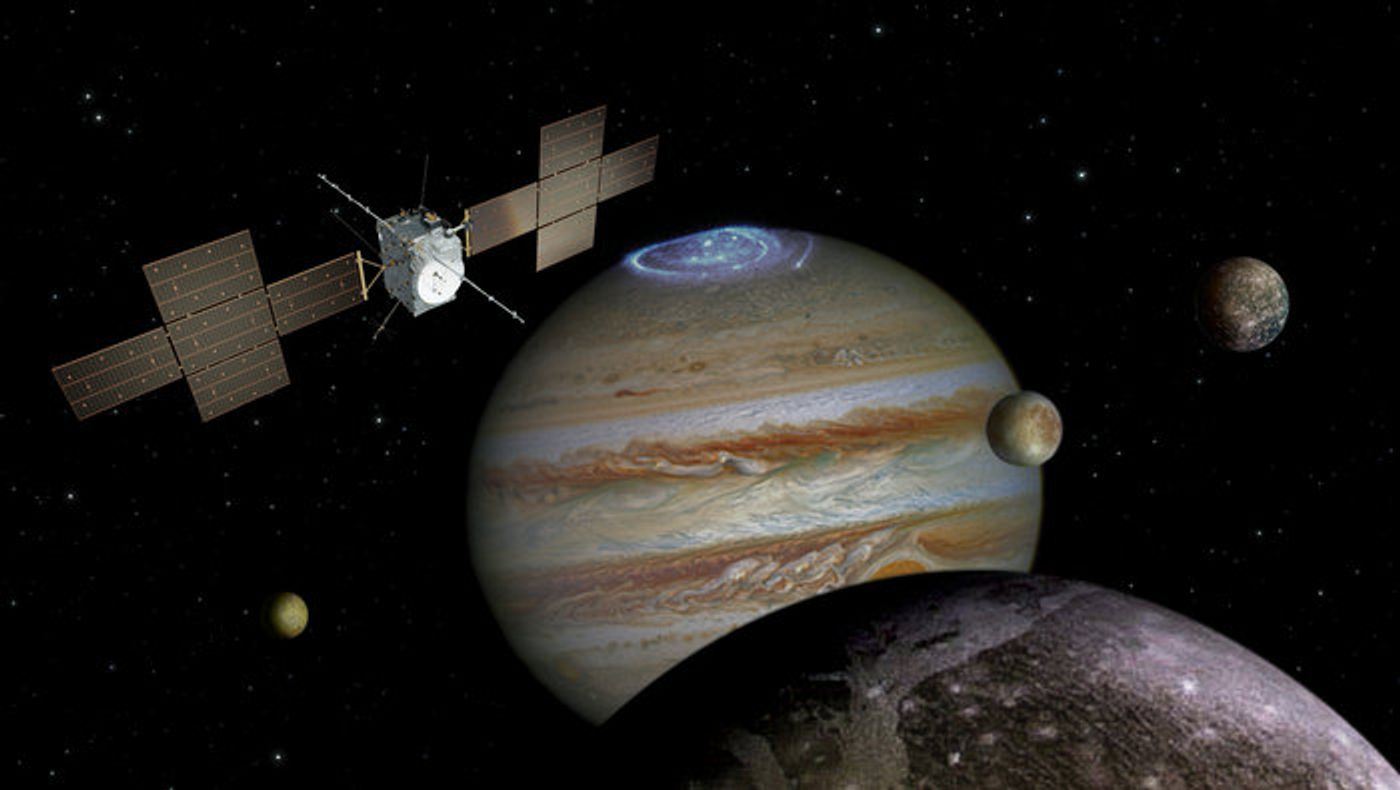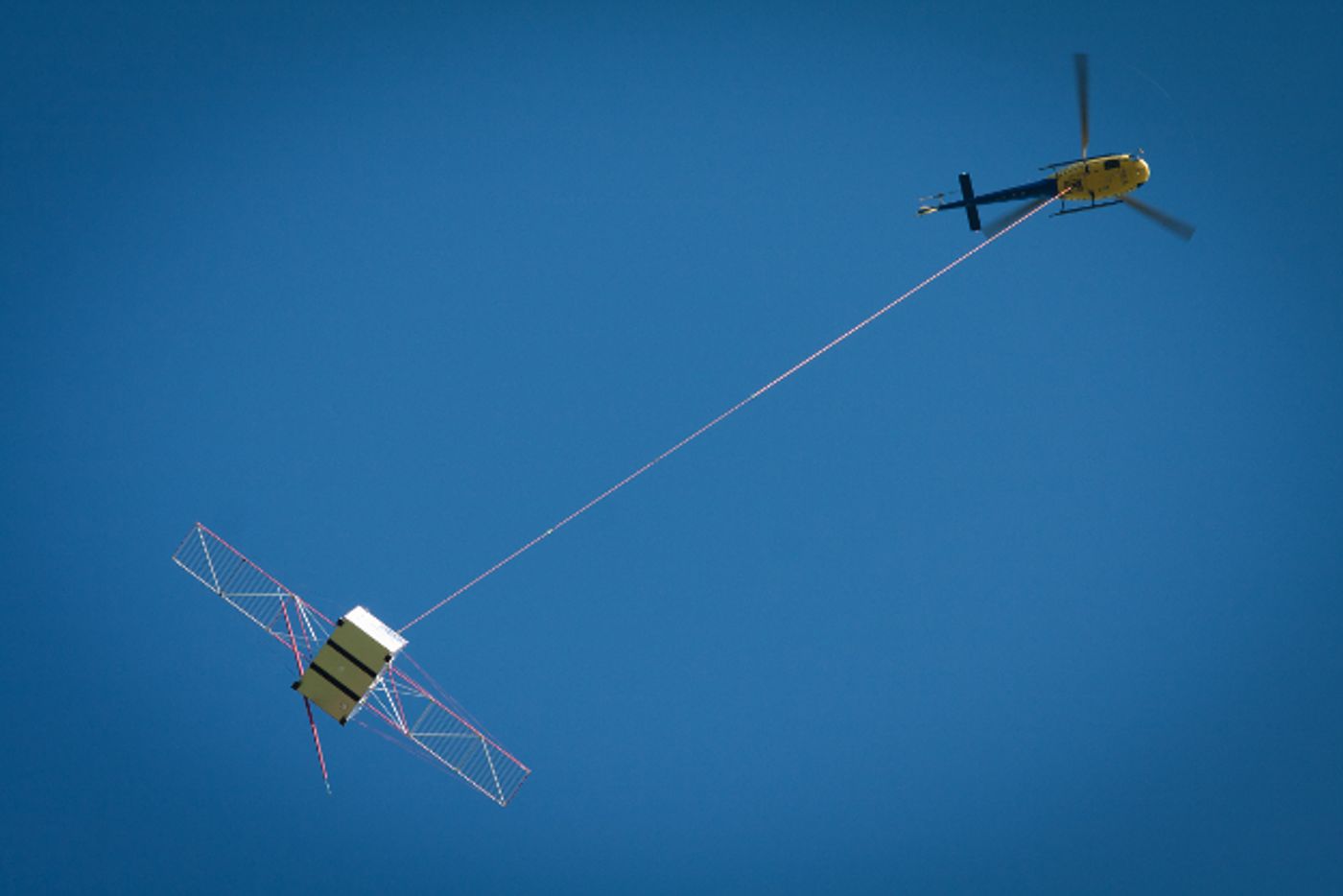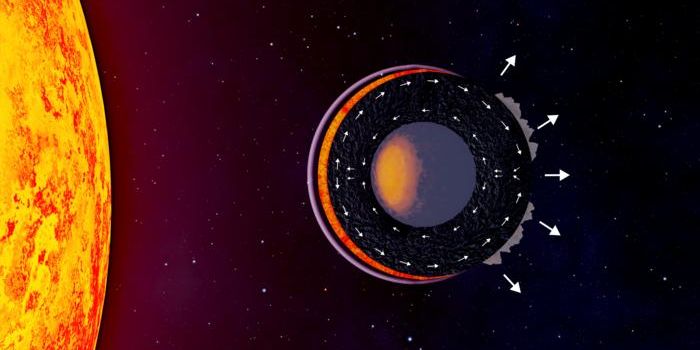Earth-Based Testing of a Radar System Designed for Jupiter's Moons is Completed Successfully
Jupiter and several of its moons are of scientific interest to astronomers because they could be full of undiscovered surprises. Although NASA’s Juno spacecraft is probing Jupiter right this second, the European Space Agency (ESA) plans to dive even deeper with the launch of the Jupiter Icy Moons Explorer (JUICE) by 2022.
Image Credit: spacecraft: ESA/ATG medialab; Jupiter: NASA/ESA/J. Nichols (University of Leicester); Ganymede: NASA/JPL; Io: NASA/JPL/University of Arizona; Callisto and Europa: NASA/JPL/DLR
JUICE will study the same system that Juno resides in today, but the scope of the mission will go beyond studying Jupiter itself. According to the ESA, JUICE will set its sights on at least three of the giant gas planet’s mysterious moons: Callisto, Europa, and Ganymede with the hope of unraveling their secrets.
Related: Juno relays incredible new photos of Jupiter to Earth
These moons have left planetary experts foaming at the mouth for decades because each one potentially harbors a global liquid ocean beneath its surface. Where there’s liquid, there’s a potential for habitability, and so finding out whether these worlds could support life in any capacity is a priority.
Learning about what’s hiding beneath these moons’ surfaces requires high-tech radar technology. Fortunately, JUICE will sport a 16-meter-long radar boom capable of probing up to 9 kilometers beneath the moons' surfaces in search of clues.
The trip to Jupiter takes up to seven years following launch, so testing models out on Earth is critical before we rocket it off to another world.
Fortunately, experimentation phases are already in full swing thanks to researchers based out of Germany. Just last week, a team attached a replica of the radar boom to a mock-up probe and used a helicopter to fly it around about 50 meters above the ground.
Image Credit: Airbus/Rolf Schwark via ESA
Through this testing, they verified the accuracy of their computer simulations as the probe moved deftly through the air with the solar array and boom equipment positioned in various orientations.
“All the experiments were completed and provided a large amount of data that will be analyzed in the coming weeks for guiding the next steps of the instrument’s development and to improve the modeling of our software simulations developed in the laboratory,” says principal investigator Lorenzo Bruzzone from the University of Trento, Italy.
“The test was a fundamental step towards understanding the behavior of the real antenna that will ultimately allow us to perform highly accurate measurements of the radar echoes reflected from the deep subsurface of the Jovian icy moons.”
Related: Listen to the roar of Jupiter's magnetic field, as heard by Juno
We have a while to go yet before the JUICE probe is put together and launched into space, but this data is essential for building a fully-working piece of equipment that will deliver useful scientific results.
It should be interesting to see what JUICE will uncover when that day finally comes.
Source: ESA










